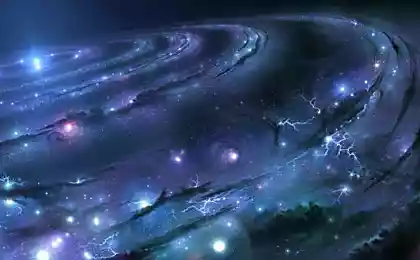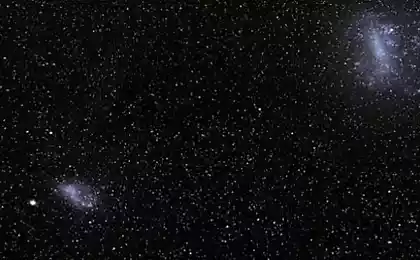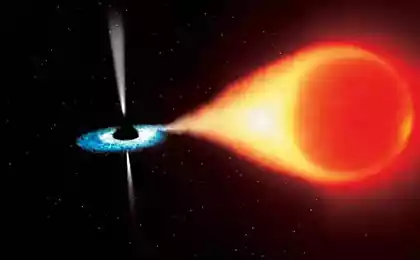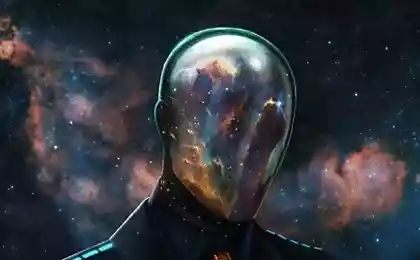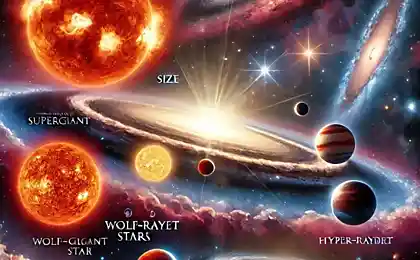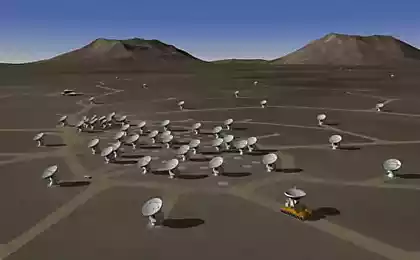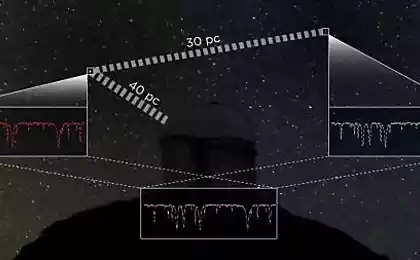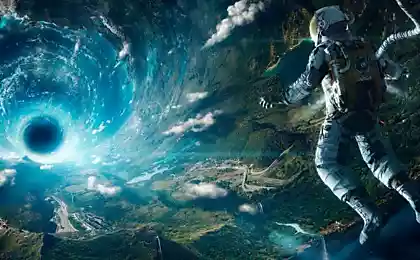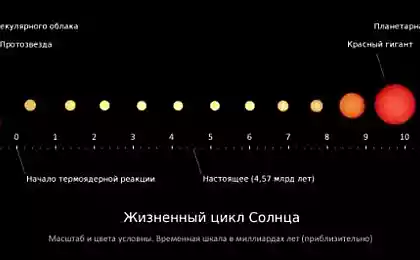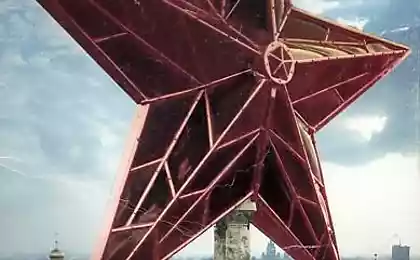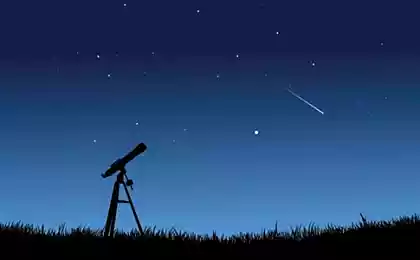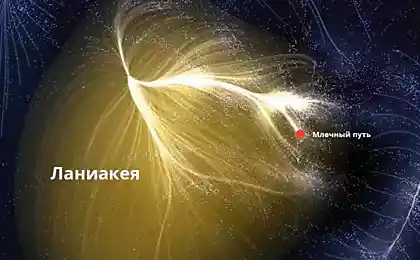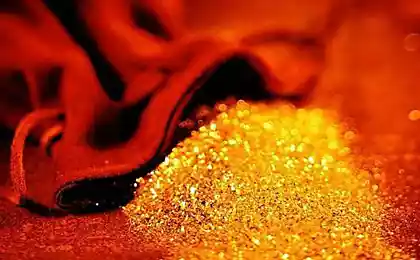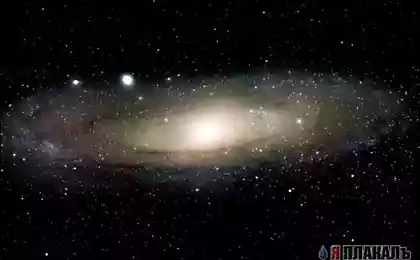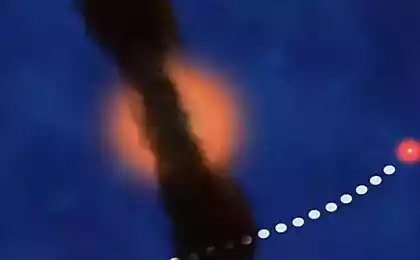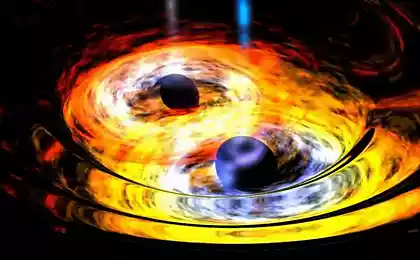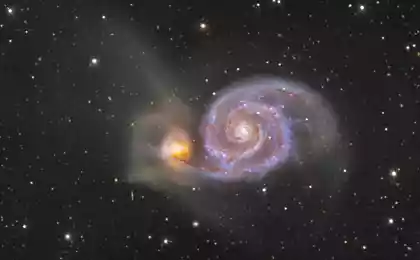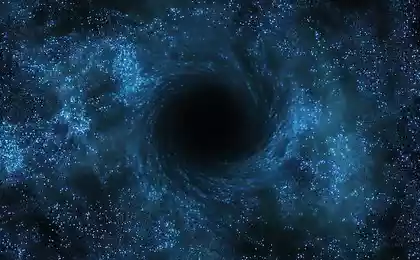1446
Astronomers have discovered the mysterious nature of the stars - "blue vagrants"
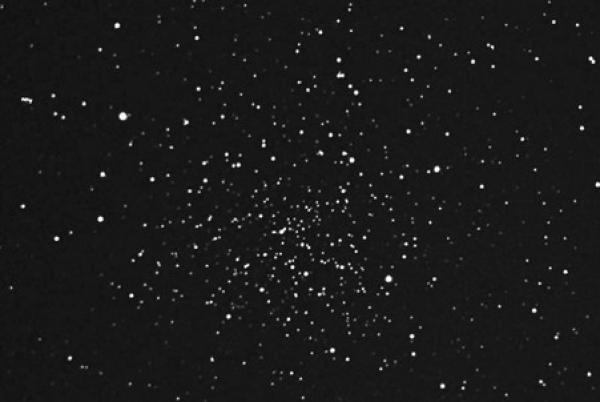
Astronomers have discovered the nature of the "blue tramps" - the mysterious stars that look too young for his age really solid. Such stars are "rejuvenated" due to overflow them with the outer shell of the companion star, which they make binary systems.
Despite the fact that today astrophysics in general pretty good idea of how the internal structure and way of life of stars, many specific problems still do not yet have their solutions. One such problem is the origin of "blue vagrants." This term astronomers call stars, which are found inside the ball and rasseyannyhskopleny our galaxy are part of binary systems and
stand that looks too young and hot compared to other stars of the same cluster.
All the stars of the cluster are formed almost simultaneously, but because of their age is about the same. Thus, today in the old clusters can no longer be observed by bright blue stars, as they are evolving very quickly and die by stellar standards, young. But in 1953, several of these objects were first discovered by American astronomer Alan Sendedzhem within the globular cluster M3, and later in other clusters.
The initial assumption that they first formed independently and then captured by the cluster during its journey through the galaxy, given these objects their unusual name - "blue hobo." But this hypothesis is proved unsatisfactory, and as a result in astrophysics established three main hypotheses about the nature of "blue vagrants».
The first two of them suggest that the "blue hobo" - is the result of a merger of two older stars of the cluster. May merge as komponentydvoynoy system (if the hypothesis is included in the third star, which today is the companion of the "blue tramp"), and two "flown" at each other single stars.
The third and the most likely version is that
"Blue hobo" was originally formed in binary systems within the cluster.
Over time, during the evolution of a massive star in such a system grows in size and its shell begins to flow to the less massive component. As a result, he gains weight, becomes brighter, more blue and starts to look younger. And from the first star in the end can only its core - a compact, low-mass white dwarf.
Illustration of the mechanism of formation of the "blue hobo" associated with the shift of weight from one component of the binary system to another. Over time, the outer shell with a more massive star (shown in red) peretechёt less massive (shown in blue) that "rejuvenate" the last - it will seem hotter and younger. And on the site of a massive star will only compact remnant - a white dwarf. // www.astronomy.com
Therefore it is possible to test this hypothesis by measuring the mass of the companion star "blue vagrants." If they are small enough, then most likely, tramps really coexist with white dwarfs.
This verification has been done and the work of Aaron Geller and Robert Matthew. With 3, 5-meter telescope Kitt Peak (United States), they were watching two dozen well-known "blue vagrants" in the open cluster NGC 188. This cluster in the constellation Cepheus and is one of the oldest open clusters in our Galaxy.
During the scientists found that the measured
almost all mass companions "blue vagrants" really is only about half the mass of the Sun,
as is assumed in the hypothesis of mass transfer between the components of the binary system. This is a serious argument in its favor, as in the two other hypotheses, the companion star "blue hobo" should be much more massive. These results are published in the new issue of Nature.
It is worth noting, however, that the stars Companion "blue vagrants" were not directly visible in the described observations. But their presence can be judged by the gravitational influence that they have on their neighbor. Last a result of a little "walk" back and forth along the line of sight with a period equal to the orbital period of the binary system. By measuring the amplitude of these oscillations (or rather, the amplitude of the change of velocity stars - based on the Doppler effect) and Matthew Geller could estimate the mass of the unseen companion.
"As often happens in astronomy, it is the objects that are not visible, can provide clues to the problem," - comments on his work Robert Mathews.
Nevertheless, the authors note that the results are still not allow a high degree of confidence to reject the two alternative (collision) hypotheses about the origin of "blue vagrants." Further observations. It is expected that an additional argument in favor of the mechanism of mass transfer can be monitored ultraviolet radiation from the white dwarf, adjacent to the "blue vagrants." Such observations with the Hubble Space Telescope are already planned. It is possible that with their help, one more question about the structure of our universe will obtain a definitive answer.
NASA telescopes have helped solve an ancient riddle
Russian Union first launched with the equatorial launch site
